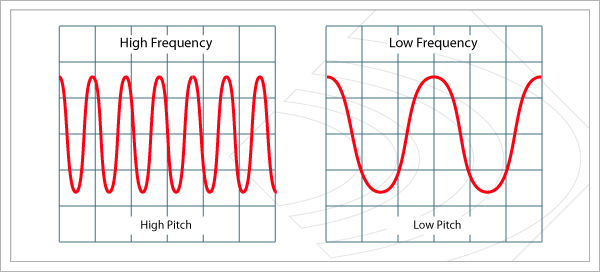I will be sitting on my hands all day to keep from clicking "buy..." But if I
were doing more than looking, I'd score some items off of my wishlist with Cyber Monday discounts from two of my favorite home décor and art shops.
I've followed
this shop's owner for a few years now and I can definitively say of all the interior styling I've seen in person and online,
hers is most closely aligned to my own aesthetic. 99% of the time, I love what she is
posting about or selling in her shop. On to the goods! (20% Furbish discount code below).


Next up is
20x200. If you want a good discount on great art, act quickly-- the discount decreases as time ticks on (see code below.)
We watched
The Prestige over the holiday weekend (Christopher Nolan + Christian Bale can never go wrong), so this Elizabeth Huey print of a magician caught my eye:
This next one looks deceptively simple--crude, even-- but the longer I look at it, the more I like it. It's called
Portrait of Sandy from Far Away. Tucker Nichols made a series of these portraits after watching Hurricane Sandy roll in. A portion of each sale goes to charity.
Last up,
Sharon Montrose's animal baby menagerie is always so damn cute. It seems redundant to say a menagerie of babies is cute. Anyways. I'd love to frame them all in a nursery one day. Here are my two fave guys available on 20x200.
P.S. This post just got waaaaay longer. Updates below.
* * *
Some alternate and/or DIY options for the cash-strapped, focusing on the asterisked items from my Furbish picks above:
a) If we could have afforded it,
this lamp from Furbish (left) would have been the bedside lamp I chose--it has a dimmer switch. Instead, we found these somewhat similar task lamps (right) for about $80 each from
Wayfair (grainy image from our bedroom mockup)...
I couldn't find ours on the site anymore, but they do have these somewhat similar styles, all of which are closer to $100 than $200.


From left to right:
1 |
2 |
3
b) These
gem magnets (left) are so pretty, but a bit steep for me at $45 for 5 even with a discount code. Last week I found out about
these babies (right, $10.50 through Amazon) on
Young House Love and I was (not surprisingly) in love. A youngish, house-y sort of love, even.
Here are Sherry's craft suggestions:
I'd probably grab thick, circular magnets (places like Home Depot sell inexpensive packs of them) and some crazy glue to replicate the Furbish originals. You could look around for other sets of inexpensive rocks and minerals and use those, too-- looks like the set at Furbish has some fool's gold in it. If you make several magnets, small sets of 3 or 4 in pretty boxes would make great Christmas gifts.
c) The fabric on this set of bolster pillows looks very familiar, no?
We have the same
suzani print fabric for our
living room chairs & pelmet boxes. I'm sure the pillows at Furbish are plush and luxurious and sewn with threads of spun gold, but if you were so inclined to create a more affordable option, I think it can be done.
We grabbed a set of cheap pillows at Ikea a few years ago, or you can use a 50% off coupon from JoAnn's to grab inserts (if you're not getting their coupons, join their mailing list...also, educators get a 15% discount with school ID).
 |
| The plain white Ikea pillows. |
A loooooong time ago, I came up with these
bare-bones instructions to make no-sew pillows, which I'm sure can be elaborated upon with a little bit of elbow-grease and know-how. Or sewing skills. You definitely won't have to use rubber bands if you have sewing skills.
d) Barring unforeseen difficulties that I haven't considered, I think it would be pretty simple to make a purdy little box for your desk or dresser like
this one:
Three steps:
1) cut a hole in that box
2) put your--- Kidding! Take a moment now to enjoy this holiday family favorite:
But seriously, I think you can replicate the look of the Furbish one with three items. Pick up an unfinished wood (or even cardboard)
box and some
Mod-Podge from JoAnn's (or use a plain lacquered box you already own or can find at HomeGoods), order some
marbled paper from
Paper Mojo, and get mod-podgin'.
 |
| Picture from Paper Mojo. |
If you try any of these out, let me know. I will probably continue thinking about them for a few more days, and then maybe in two years I will get around to actually gathering some materials, and three months from then I might try one out. Don't worry, I'll keep you posted.







































